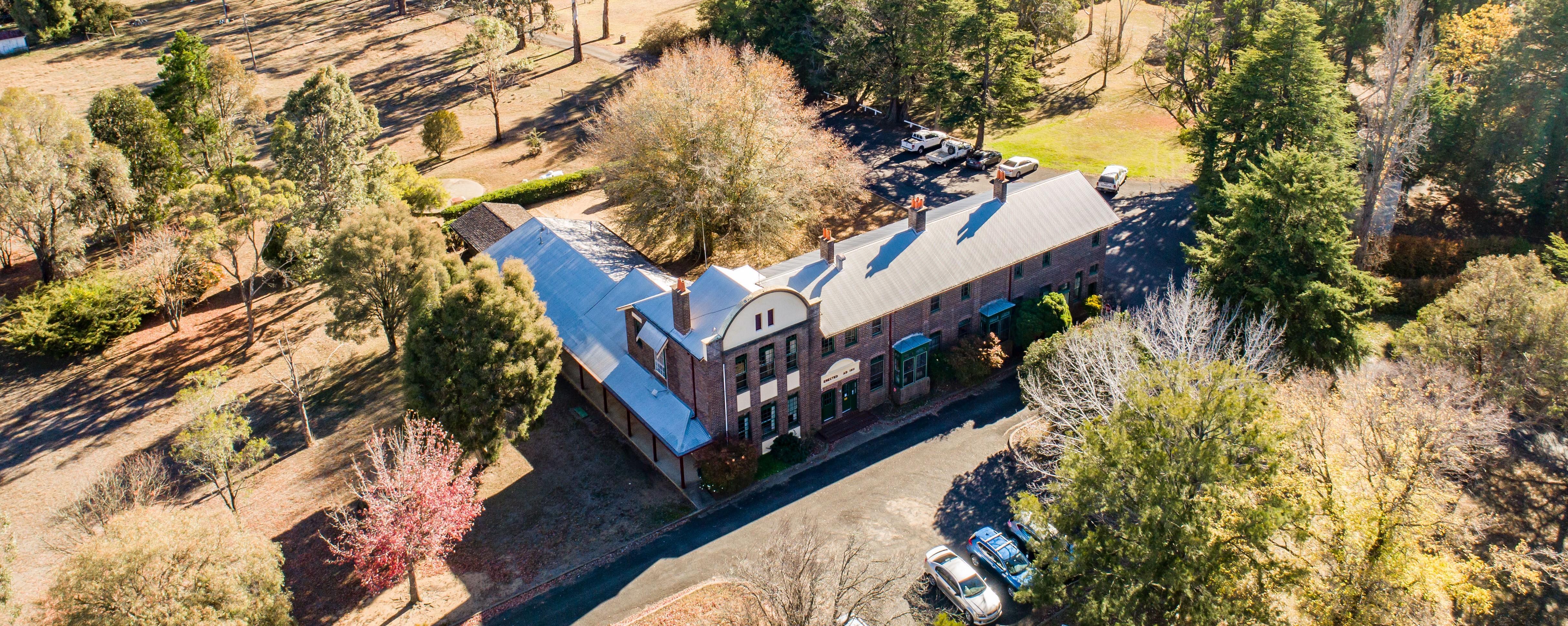Overview
The Glen Innes area has a unique landscape, rural character, and a strong sense of community with cultural importance. It is the home of the Ngoorabul people who traditionally roamed the area between Glen Innes and the coast.
The Glen Innes Agricultural Research & Advisory Station (GIARAS) strives to lead and develop a regional hub for science in collaboration that improves the growth of the grazing industries and the wider community on the Northern Tablelands.
Glen Innes ARAS is situated on 450 hectares of agricultural land, supporting cattle, sheep, cropping and pastures research.
Grazing provides the mainstay agricultural activity on the Northern Tablelands. Because of high rainfall, long growing season and the adaptive potential of temperate perennial species, the Northern Tablelands is credited as the premier pasture environment in Australia for intensive grazing systems.
As the department's base for the high rainfall zone in northern NSW, the Station provides research and development programs for eastern Australia’s sheep and cattle industry based on temperate perennial pastures.
Our research
Improving pasture base for grazing animals and developing industry capability to deliver livestock products to commercial specifications
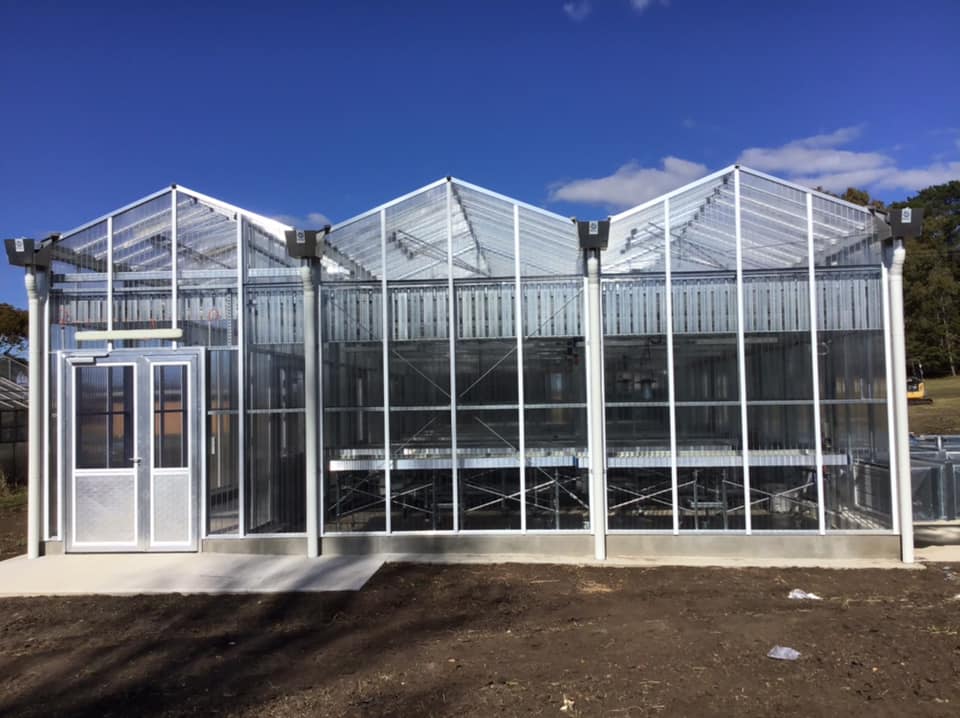
Our facilities & services
Facilities include glasshouses, shearing school and conference facilities

Visit, Event and More
Glen Innes Agricultural Research and Advisory Station offers various events and engagement activities for producers, students and the broader community
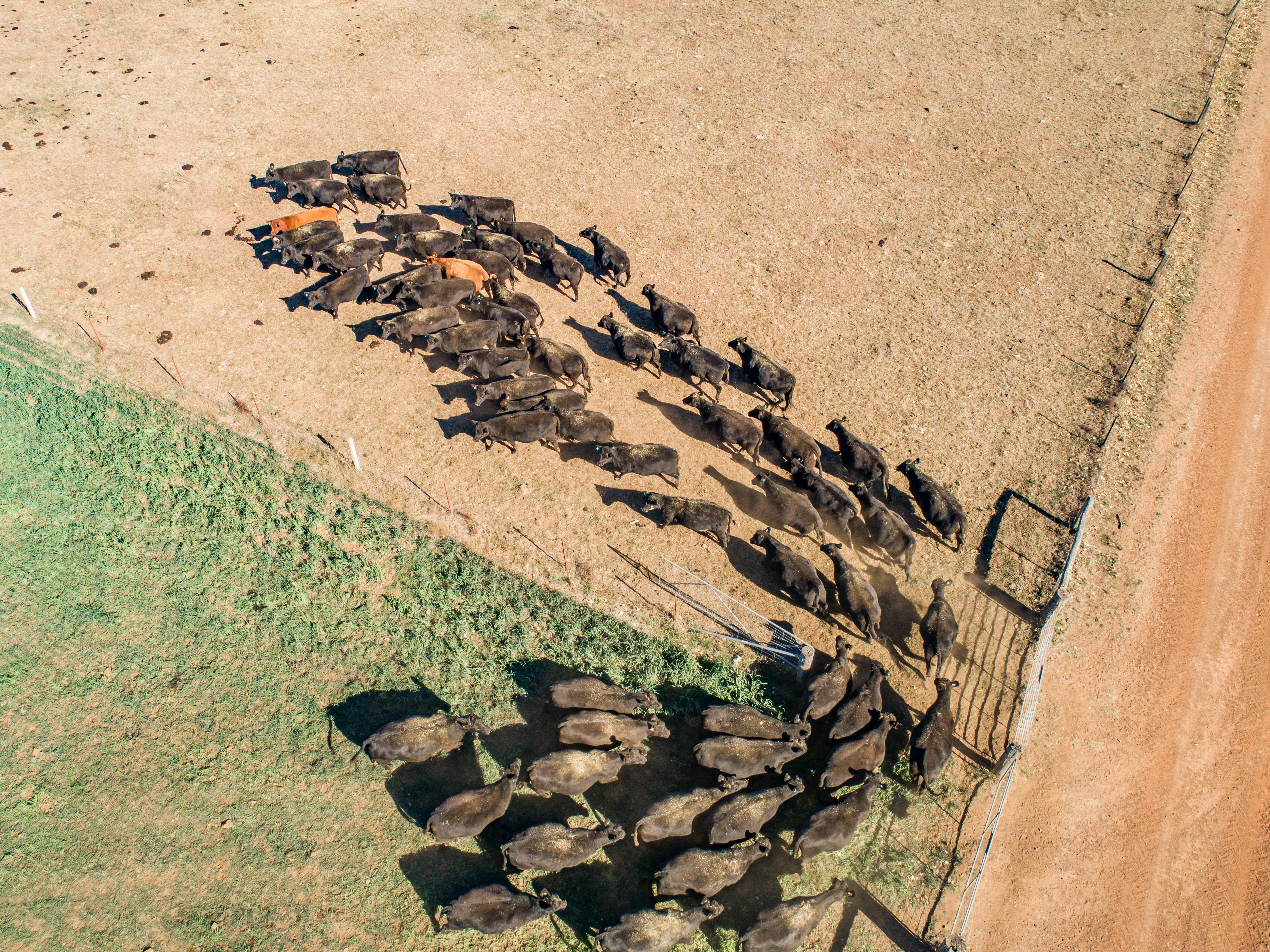
Key Programs and Initiatives
Southern Multi-breed Project
The SMB project will provide an invaluable source of information for seedstock and commercial cattle breeders
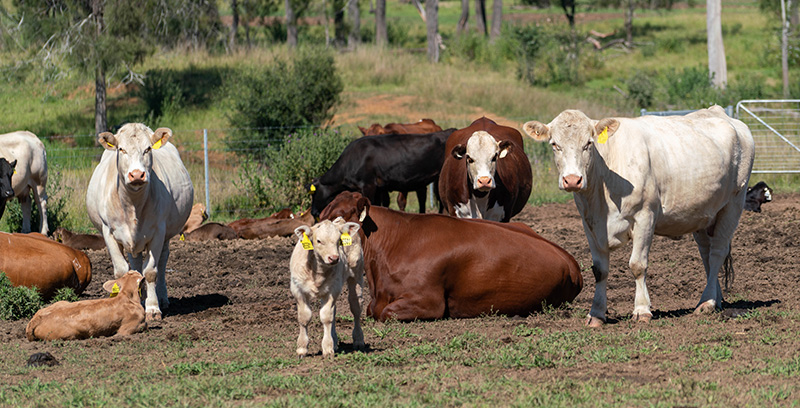
Wool Works Shearing School
Wool Works is a new shearing and wool handling program for secondary school student
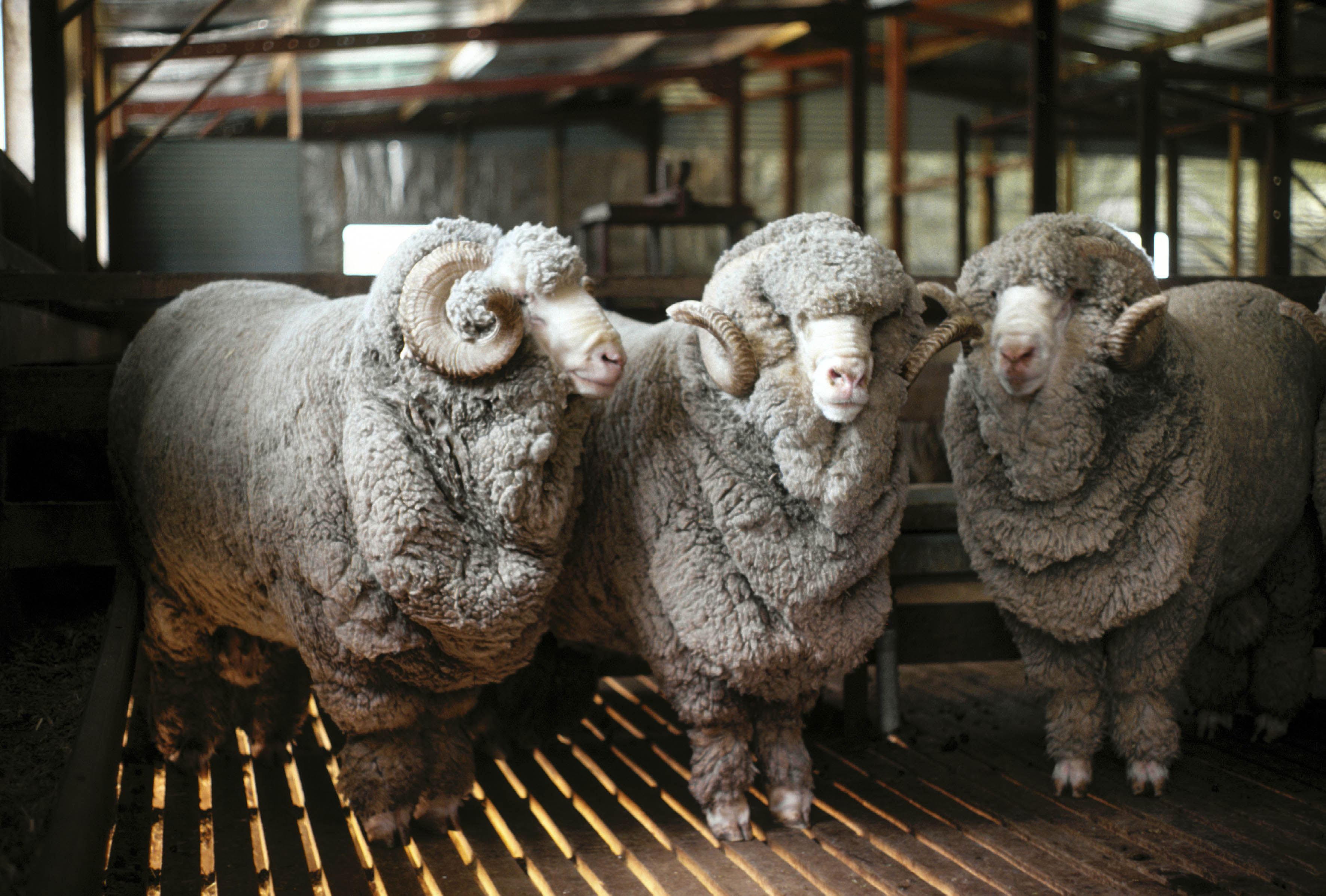
Work with us
If you would like to utilise our research facilities or services, or explore partner and -co-location opportunities please fill out this Request for Opportunity Form
Research station request for opportunity formOur region
The region has significant and growing specialisations in livestock and horticulture industries. The key livestock industries are beef cattle and sheep farming.
The region has a growing horticultural sector, with the Region producing apples, stone fruits, avocados, mangos, kiwi fruit, strawberries, blueberries, tomatoes, vegetables, turf, macadamia nuts, pecans, chestnuts, lavender, garlic and herbs, cut flowers and nursery plants.
The following table shows the Gross Value of Production for the region in 2019-20
| Production | Value | % Share of NSW |
| Cattle and calves | 380,774,021 | 14% |
| Sheep and lambs | 64,904,704 | 5% |
| Wool | 34,639,403 | 4% |
| Tomatoes | 28,848,468 | 55% |
| Forestry (estimated)^ | 25,566,909 | 5 |
| Beans | 7,477,255 | 80% |
| Oats | 7,464,488 | 10% |
| Pigs | 5,406,682 | 2% |
| Other pulses | 5,275,167 | 6% |
| Milk | 5,248,691 | 1% |
| Total primary industries | 587,424,047 | 5% |
Data from ABS
Climate
Climate is characterised by an average annual rainfall of 840mm with summer dominance (36% incidence between December and February), a wide temperature range, and precipitation exceeding evaporation only in winter months. The mean maximum and minimum temperatures in the warmest month (January) are 25.2 and 13.5oC, respectively; the mean maximum and minimum temperatures in the coldest month (July) are 12.4 and 0.7oC, respectively.
Soil moisture has a well-defined seasonal pattern. Despite summer-rainfall dominance, soil moisture is progressively depleted during spring-summer, remains low and variable in late summer-autumn, and is recharged in winter. For pastures, the seasonal growth rhythm comprises high pasture growth during the spring primary growth phase, moderate pasture growth during the secondary growth phase in summer-autumn and low growth in winter. The major climatic stresses for pasture plants are summer-autumn moisture deficit, winter cold and episodic drought.
Our history
Glen Innes Agricultural Research & Advisory Station (GIARAS) was established in 1902 and has always been an important asset for the agricultural and wider local community. GIARAS has been the centre for a diverse range of activities over its 120-year history, but core activities have always targeted the improvement of pastures and livestock.
In the first 50 years, the station made a major contribution to local knowledge of agricultural production and played a significant role in evaluating the potential of horticultural crops (apples, pears, hazelnuts, cherries, peaches, plums, grapes), cereal crops (wheat, oats, maize), miscellaneous crops (potatoes, tobacco, lavender, pyrethrum), pastures (temperate perennial species) and livestock (dairy and beef cattle, sheep, pigs).
During 1912–1942, the station was one of the centres of youth education for agriculture in NSW. The first students took up residence in 1912 and received practical training and formal lectures. From circa 1930’s, research commenced in earnest with an initial focus on plant improvement with wheat, oats, maize, potatoes and tobacco breeding.
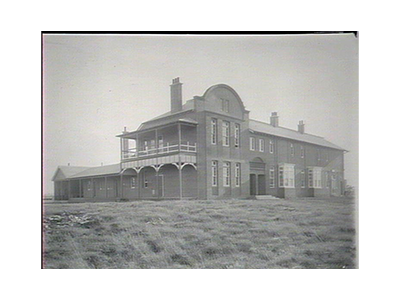
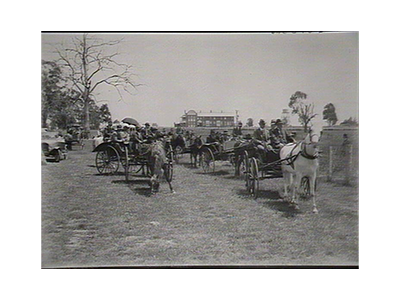
Glen Innes Agricultural Research and Advisory Station Video
Contact
Phone: (02) 6730 1900
International: +61 2 6730 1900
Fax: (02) 6730 1999
Email: carmen.elvins@dpi.nsw.gov.au
Mobile: 0422 821 487
Location
444 Strathbogie Road
Glen Innes NSW 2370
Postal address:
Agricultural Research and Advisory Station
PMB
Glen Innes NSW 2370
